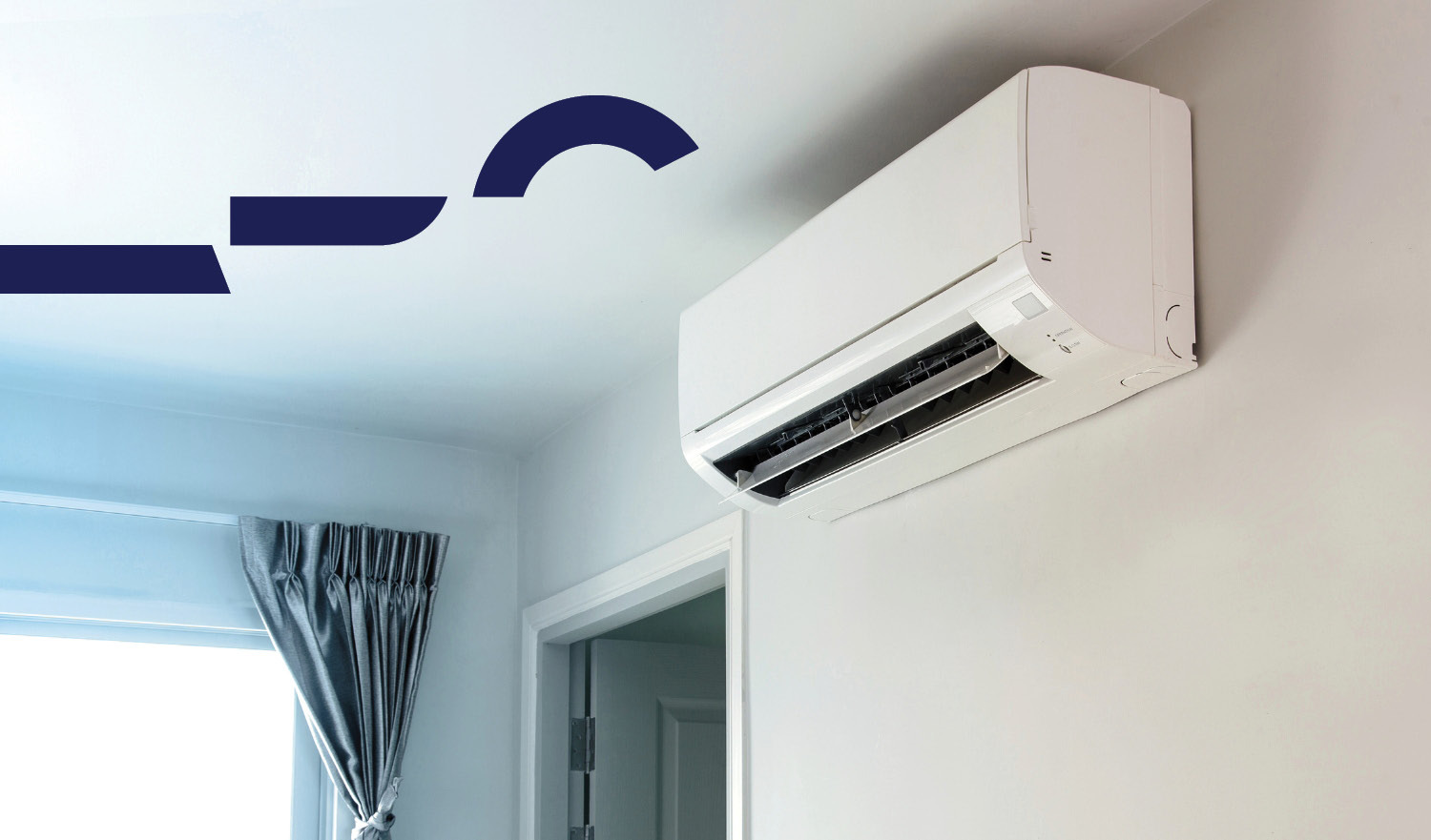Reverse cycle systems vs traditional gas heating and air conditioners
Opting for reverse cycle air conditioning systems – also known as split systems – has a number of benefits over traditional gas heating and cooling-only air conditioners:
- Energy efficient: Reverse cycle systems are highly energy-efficient, capable of delivering up to three units of heating or cooling for every unit of electricity consumed.
- All-season performance: Unlike traditional systems, reverse cycle air conditioning provides both heating and cooling, eliminating the need for separate equipment.
- Eco-friendly: Reverse cycle systems produce fewer greenhouse gas emissions compared to traditional gas heaters.
- Precise control: Reverse cycle air conditioning offers precise temperature control and adjustable settings, allowing you to tailor your indoor environment to your comfort.
- Room zoning: With separate split systems, you can heat or cool the rooms you’re actually using, rather than your whole home.
- Reduced energy bills: Lower energy consumption leads to reduced heating and cooling costs.
How to transition to reverse cycle heating and cooling
If you’re considering moving away from gas ducted heating, radiators, space heaters or a standalone air conditioner, here’s what to consider.
- Think about your needs: Evaluate your heating and cooling requirements throughout the year in each area of your house.
- Choose your product: Choose a system that’s right for your space and your budget. The installation company can help advise you on this. You many need different sizes in different rooms.
- Professional installation: The system will need to be installed by certified professionals to ensure proper installation, optimal performance, and adherence to safety standards.
